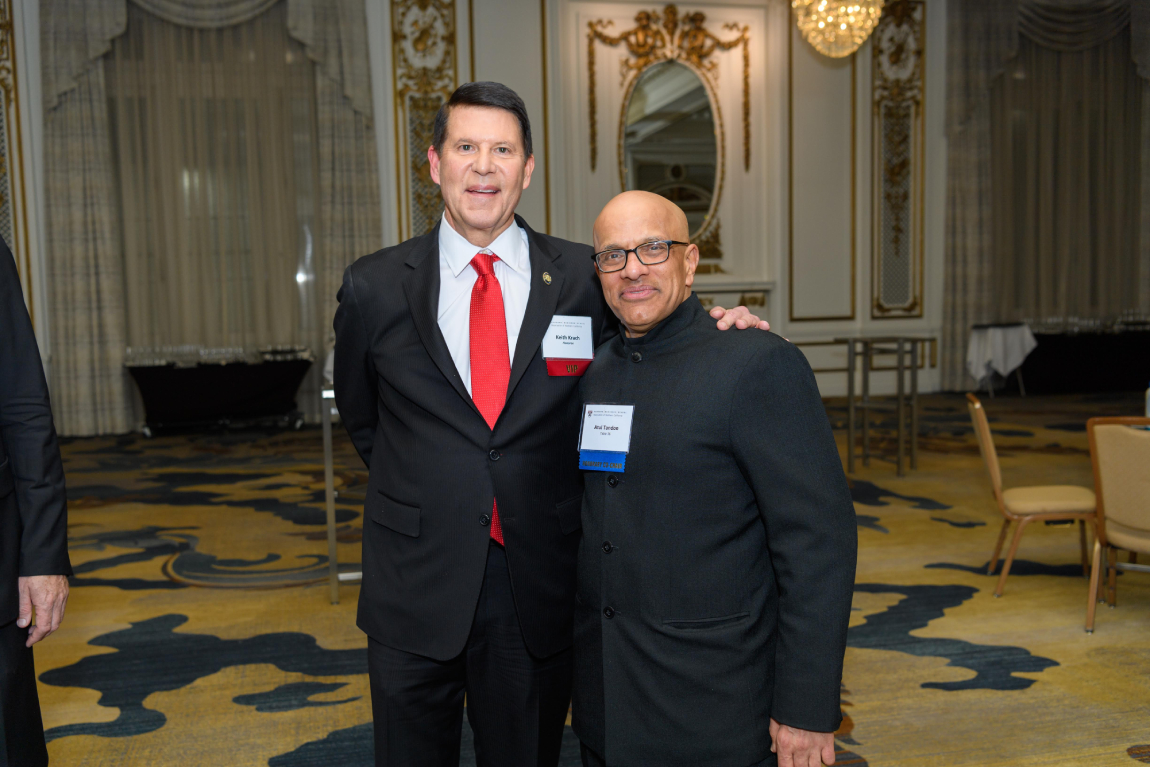Developing a National STEM Workforce Strategy: A Workshop Summary

The future competitiveness of the United States in an increasingly interconnected global economy depends on the nation fostering a workforce with strong capabilities and skills in science, technology, engineering, and mathematics (STEM). As was stated in the landmark report Rising Above the Gathering Storm (NRC, 2007), the vitality of the U.S. economy is “derived in large part from the productivity of well-trained people and the steady stream of scientific and technical innovations they produce. Without high-quality, knowledge-intensive jobs and the innovative enterprises that lead to discovery and new technology, the U.S. economy will suffer and our people will face a lower standard of living.” Indeed, according to a recent National Science Board (NSB) report, some 16.5 million individuals in 2010, including many in non-STEM jobs such as sales, marketing, and management, reported that their job required at least a bachelor’s degree level of science and engineering expertise (National Science Board, 2015).
According to Kelvin Droegemeier, NSB vice chairman, the key message of the NSB report is that STEM knowledge and skills enable both individual opportunity and national competitiveness, and that the nation needs to develop ways of ensuring access to high-quality education and training experiences for all students at all levels and for all workers at all career stages.
Related Posts

article
Opportunity International and 2022 Nobel Peace Prize Nominee Keith Krach Announce Trusted Tech Microfinance Initiative
Opportunity International and Krach Institute for Tech Diplomacy Form Partnership to Bridge Digital Divide in Low-Income Countries.

By: Keith Krach
article
The Senate just passed the next Apollo program
It’s one small step for Congress, one huge leap for American competitiveness. Legislation takes the technological advantage away from China Inc. and returns it to the United States.